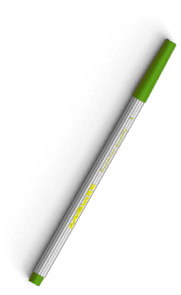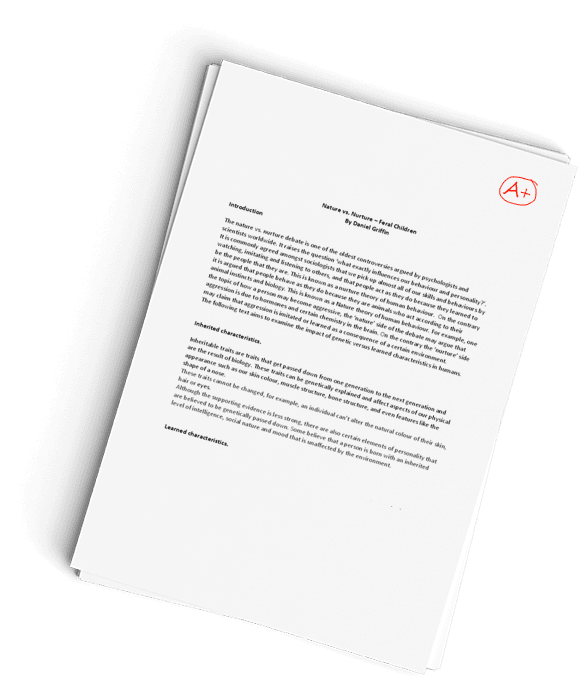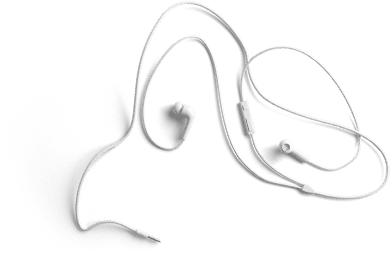Purdue University The Flexner Report & The US Health Care System Project
Question Description
1. write the 2 written assignments (minimum 300 words for each)
2. make a minimum 10 slides powerpoint presentation (not counting title and references slides)
MODULE 03 WRITTEN ASSIGNMENT – WHAT IS THE FLEXNER REPORT?
The Association of American Medical Colleges was founded in 1876. It set minimum standards for medical education but was unable to enforce its recommendations. The American Medical Association (AMA) obtained the help of the Carnegie Foundation for the Advancement of Teaching to provide a rating of medical schools. The foundation appointed Abraham Flexner to investigate medical schools located in both the United States and Canada. The Flexner Report, published in 1910, had a profound effect on medical education reform.
In a 1-2 page paper, written in APA format, address the following:
- Explain the history of the medical education system leading up to the creation of the Flexner Report.
- Explain how the Flexner Report has contributed to medical education reform.
THE FLEXNER REPORT
Module 03 – Medical Education and Professions in Health Care
History of the Flexner Report
In 1910, Abraham Flexner wrote the now famous report Medical Education in the United States and Canada, for the Carnegie Foundation for the Advancement of Teaching. This report stated that the Johns Hopkins University School of Medicine was the model for what a medical school should look like. After publication of the report, Flexner became the unchallenged arbiter of educational reform in America and helped create a system that even today is associated with his name.
The Flexner Report of 1910 transformed the nature and process of medical education in America with a resulting elimination of proprietary schools and the establishment of the biomedical model as the gold standard of medical training. This transformation occurred in the aftermath of the report, which embraced scientific knowledge and its advancement as the defining ethos of a modern physician. Such an orientation had its origins in the enchantment with German medical education that was spurred by the exposure of American educators and physicians at the turn of the century to the university medical schools of Europe. American medicine profited immeasurably from the scientific advances that this system allowed, but the hyper-rational system of German science created an imbalance in the art and science of medicine.
Changes in Medical Education as a Result of the Flexner Report
Flexner demonstrated a great amount of energy in carrying out his review of American/Canadian medical education. He traveled across the United States and evaluated institutions from the point of view of an educator and not a medical practitioner. Questions regarding the clinical facilities available for teaching purposes were few and brief to the dean and professors of the clinical departments. Flexner was mainly interested in the extent to which the school enjoyed rights or merely courtesies in the hospitals identified in the school catalogue. Admission standards, physical facilities, especially well-equipped laboratories, and instruction by physician scientists were the other major criteria for judging the quality of the education offered.
Schools were assigned to one of three categories on the basis of his evaluation:
- a first group consisted of those that compared favorably with Hopkins
- a second tier was comprised of those schools considered substandard but which could be salvaged by supplying financial assistance to correct the deficiencies
- a third group was rated of such poor quality that closure was indicated
One-third of American medical schools were placed in the third category of the report. A majority of the medical schools were rated as defective with low admission standards, poor laboratory facilities, and minimal exposure to clinical material. Medical education at the turn of the century was a for-profit enterprise that was producing a surplus of poorly trained physicians. The enactment of state licensing laws put teeth into the indictments of the report. Flexner sounded the death knell for the for-profit, proprietary medical schools in America. The Flexner Report was embraced as the definition of the academic model that was to characterize American medical education up to the present.
Additional Resources
MODULE 03 CASE SCENARIO – COMPETENT OR NOT?
In this module, you learned about the medical education system and requirements of licensing. As you can imagine, the competency of medical professionals is very important. Issues can arise when medical personnel do not meet the minimum requirements for a position. An awareness of the competency dilemmas that can occur in a professional career can limit the damage that can arise from them.
Increasing public demand for protection, coupled with the growth in the number and sophistication of fraudulent practitioners over the past 2 decades, has resulted in stronger and more complex licensing boards and licensing statutes throughout the country. Examples of medical misconduct include, but are not limited to:
- practicing as a healthcare professional fraudulently
- practicing with gross incompetence or medical negligence
- practicing while impaired by alcohol, drugs, physical or mental disability
- being convicted of a crime
Read the case scenarios below and in a 1-2 page paper, written in APA format, address the items below for each scenario:
- Explain the incompetency of the health care professional (if any).
- Explain a possible solution to address the area of incompetency, such as reporting the behavior to a supervisor, etc.
Case Scenario 1: Educational Concerns
|
You are a nurse working in a local hospital with a physician for over a year. The hospital decides to add physician biographies to the hospital’s website. The physician has not been proactive in renewing her medical license or participating in continuing medical education (CME). The physician’s supervisor has asked her to submit a copy of her license and CMEs but the physician has not yet complied. During lunch one day, the physician mentioned to you that she did not have a current medical license or continuing education credits, but she was practicing medicine anyway. She told you that getting a current license was not her priority at the time, and that she would get it in the future. She stated that she was going to continue to see her patients, even though she was not licensed to do so. |
Case Scenario 2: Medical Malpractice
|
You are an ER nurse and have been assigned to a patient who has just walked in. The patient presents with a broken arm and is bleeding profusely. The doctor on call mentions to you that he is not skilled in addressing broken arms and does not know what to do. Instead of calling in another medical professional, he decides to treat the patient anyway. He leaves the patient in the room for hours while he looks at medical books and researches broken arms on the Internet. During this time, you are in the room with the patient trying to stop the bleeding. When the doctor finally comes into the room to see the patient, he immediately grabs the arm without stabilizing it. The physician does not order x-rays or additional tests, but instead decides to put a cast on the arm and send the patient home. |
Case Scenario 3: Theft from a Patient
|
You work in an outpatient clinic with a nurse named Mary. You have noticed that every time you work with Mary, the patients who are receiving treatment (or their families) report that something valuable is missing from their room. These missing items include patient money, property, medicine, or other items of sentimental value. One day you received a complaint from a patient who could not find her wedding ring. She described key features of the wedding ring to you, and you took notes to file in a report. During your shift the next day, you noticed that Mary had on a new ring. In fact, it looked exactly like the ring the patient described to you the previous day. When you asked Mary about the ring, she blushed and became hesitant when answering your questions. Since you have no proof, you shrug off the event and go on with your day. The next day, you are taking the vitals of a patient who is about to have surgery. The patient is sleeping soundly while you are taking their vitals. You notice a necklace and ring lying on the table next to the patient. You exit the room, and Mary immediately enters the room after you (you wave to her as you pass by). As you sit down at your desk, you notice that you left something in the patient’s room. You immediately go back in to retrieve it, and you bump into Mary exiting the room. You grab what you went in the room for and while doing so, you glance over again at the table next to the patient. The necklace and ring you saw there earlier are gone. You glance at the patient, who is still asleep, and exit the room. |
MODULE 03 COURSE PROJECT – ROUGH DRAFT
It is time to submit the rough draft of your Course Project PowerPoint presentation! Please review the Project Overview and Requirements outlined in the Course Project Introduction (Module 01) to ensure that your rough draft is complete.
COURSE PROJECT – INTRODUCTION
Module 01 – Introduction and the History of Health Care
Project Overview
For this Course Project, you will research the U.S. health care system, applying what you have learned in this course along with outside resources. You will use your findings to construct a PowerPoint presentation that could be used to teach how the U.S. health care system began and has evolved into what it is today.
Due Date
Your final project is due in Module 05. There will be individual assignments along the way. The module they are due is noted in the time line below.
Time Line
|
Module |
Assignment |
|
01 |
Introduction |
|
02 |
Outline and References |
|
03 |
Rough Draft |
|
04 |
Peer Review of Course Project Rough Draft |
|
05 |
Final Submission |
Requirements
Your PowerPoint presentation should be 10-20 slides and contain enough content to educate but not so much that it overwhelms the viewer. It should include a strong thesis statement supported by research from at least 5 different sources.
Your presentation should include the following:
- Title slide: title, your name, title of the course, date.
- Body slides addressing: introduction, origin and history of U.S. health care system, today’s health care system, Affordable Care Act, and conclusion/summary. The body of the presentation should include multiple topics. Examples might include: medical advancements, health care spending, health care costs, health insurance, medical education, professions in health care, health care settings, regulations, former policies, and current policies/laws.
- References slide: in APA format.
The presentation should be free of grammatical and spelling errors and should include in text citations (associated with the References slide).
Have a similar assignment? "Place an order for your assignment and have exceptional work written by our team of experts, guaranteeing you A results."








